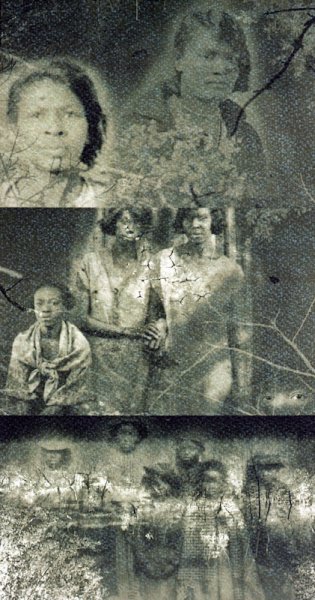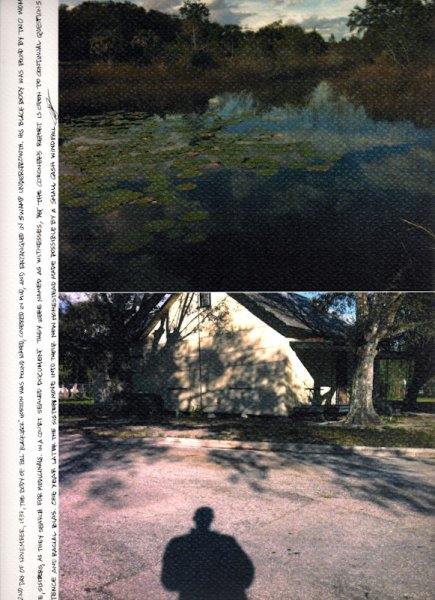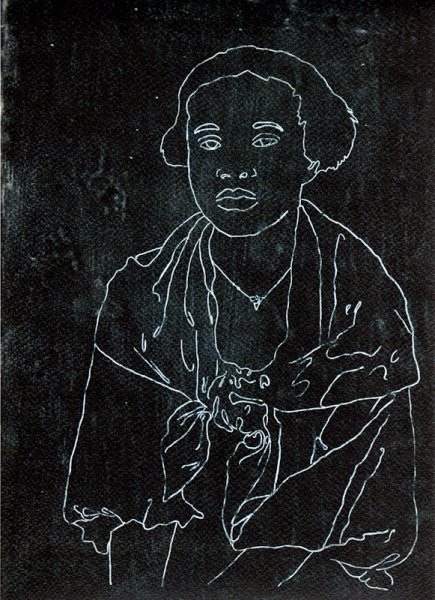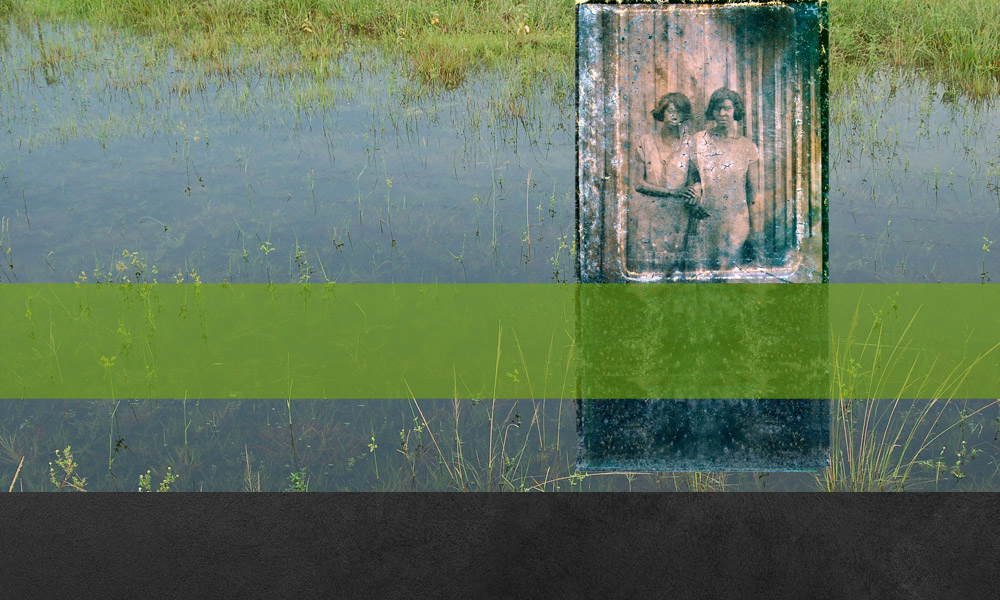“Using photography as a medium to interrogate current social and political concerns with references to the past, ‘Between the River and Lagoon’ highlights notions of a typical small migrant town along central east coast Florida in the 1930s. Some of my family had already moved into that area and had intimate knowledge of the people and environment. Living on the central east coast of Florida in the 20s and 30s was a very interesting time for African American and the various African Caribbean migrant populations.” Onajide Shabaka
Final Residency Project Catalogue: “Between the River and Lagoon” (2MB)
On this page are the three prints that were awarded to those that supported my art residency, “Between the River and Lagoon.” (below) Thank you again!

“Mangrove Journey”
archival pigment print on Canson paper
14.375 x 9.75 in. / 36.5 x 24.7 cm
(a few more of these prints are available for purchase. send an email inquiry.)

“Blackjack Horton, Drowned”
archival pigment print on Canson paper with handwritten text in Sumi ink
18 x 12 in. / 45.7 x 30.5 cm
Text, left edge: “On the 22nd day of November, 1937, the body of Bill ‘Blackjack’ Horton was found naked, covered in mud, and entangled in swamp undergrowth. His black body was found by two women, Annie and Maizie, sisters, as they searched for medicinals. In a court sealed document they were named as witnesses, yet the coroner’s report is open to continual questions of incompetence and racial bias. One year later the sisters move into their new homestead made possible by a small cash windfall.”

“Sister (w/ scarf)”
archival pigment print on Canson paper
18 x 12 in. / 45.7 x 30.5 cm
Between the River and Lagoon on Flickr
Fort Pierce, Florida is also the last town where noted author Zora Neale Hurston lived. I have, of course, loved Hurston’s writings since the early 70s when I first read “Mules and Men.” Fort Pierce is the town where the Florida Highwaymen originated. Alfred Hair, who started the group and studied with “Beanie” Backus, was part of a group of African American artists that traveled up and down both the Atlantic and Gulf coasts selling their paintings of Florida landscapes. Although Alfred Hair died in an accident while only a young man, I had the opportunity to meet and talk with Backus a number of times at his studio. Alfred Hair’s father, Samuel, married my grandfather’s youngest sibling.
Although having produced art about this area of Florida in the past, it continues to be an area of interest and investigation, both personally and culturally.
